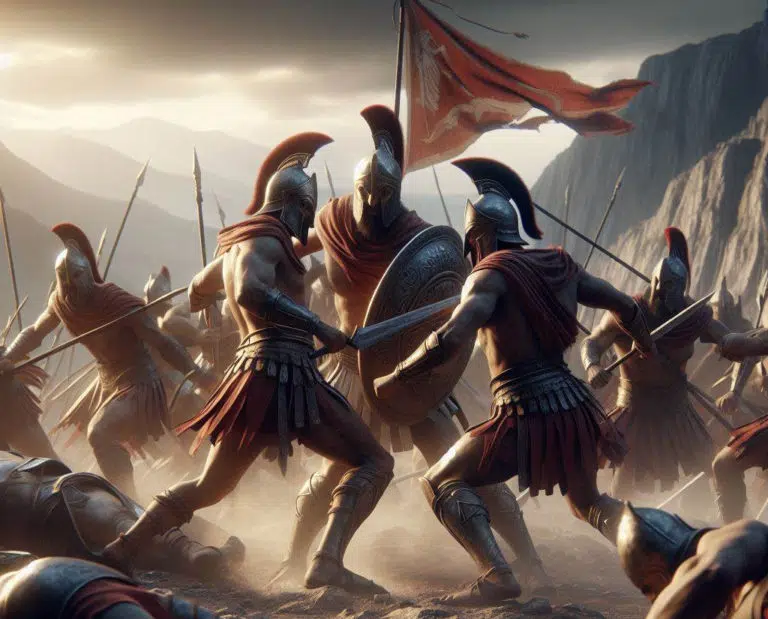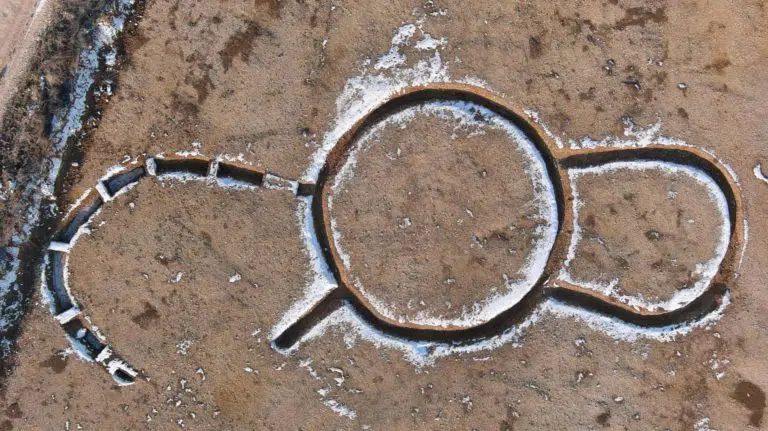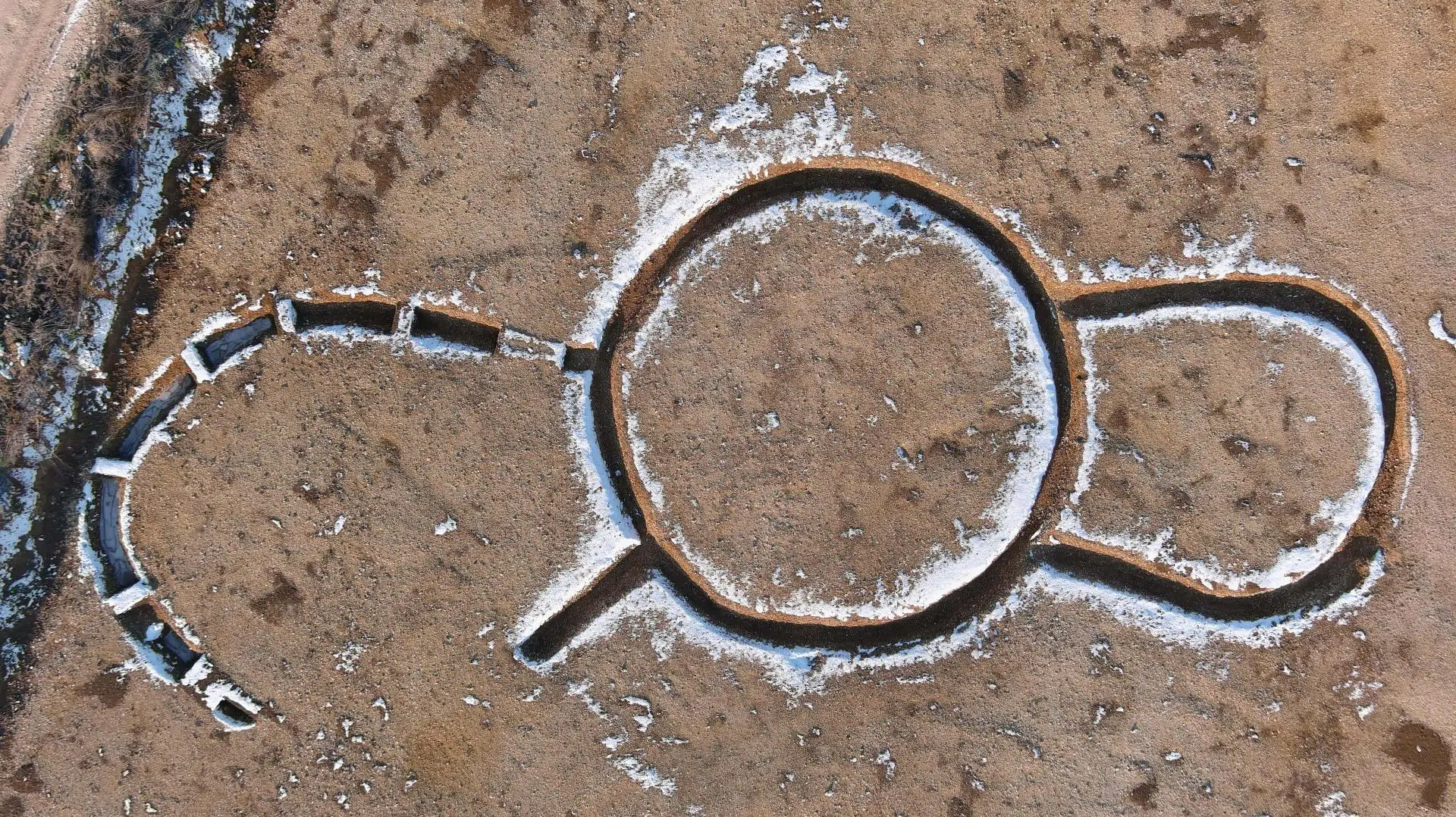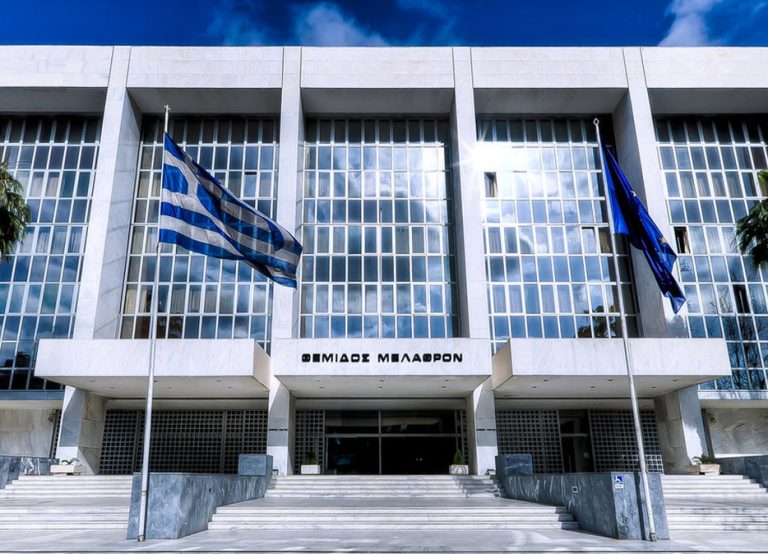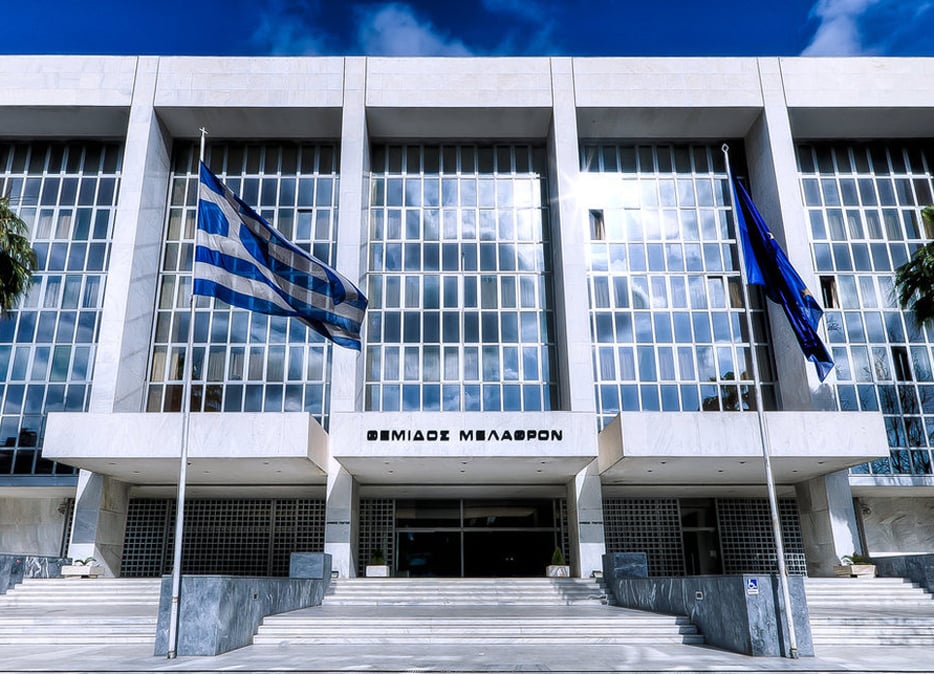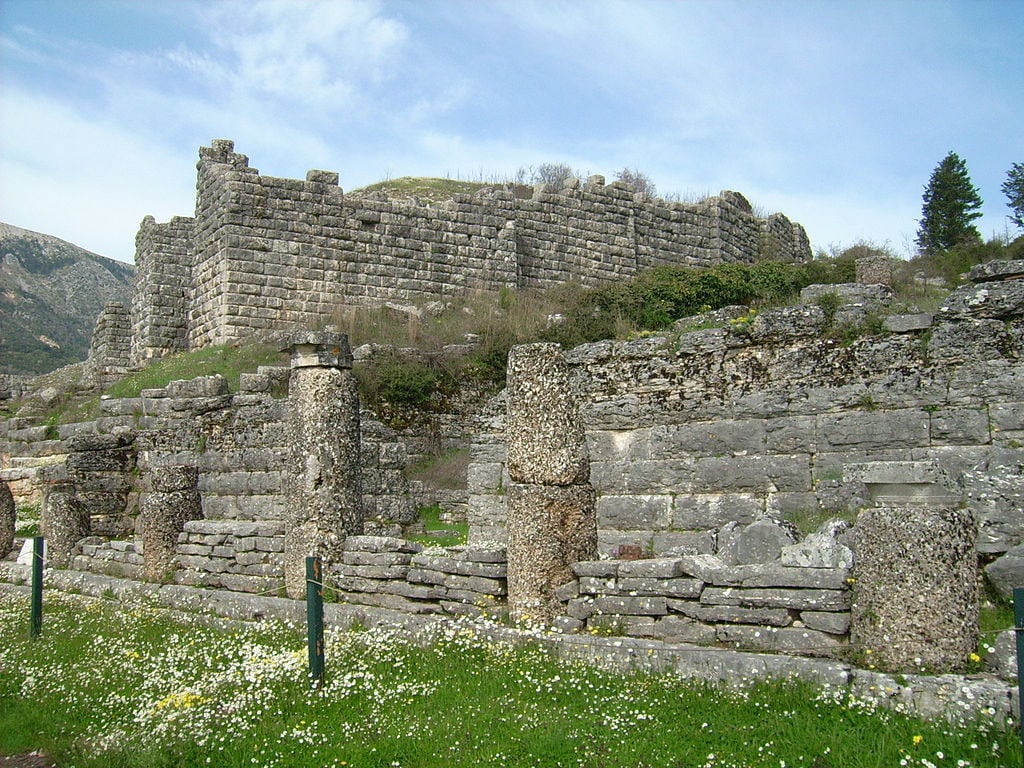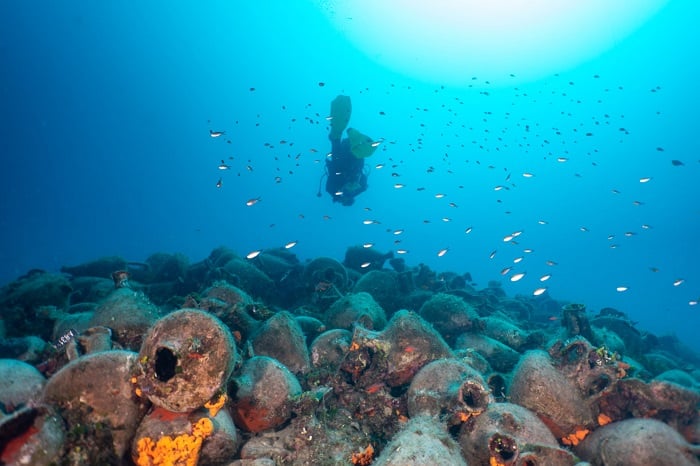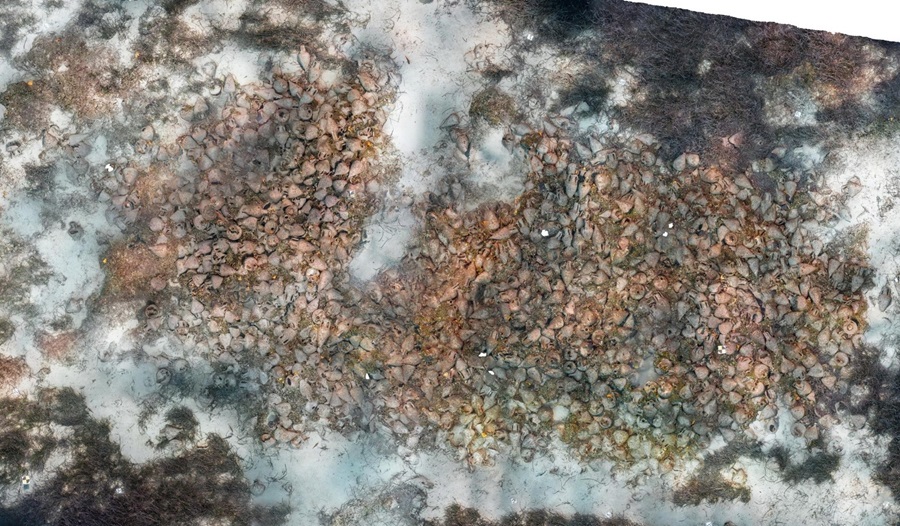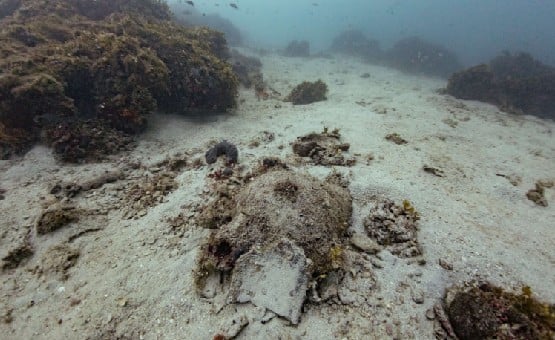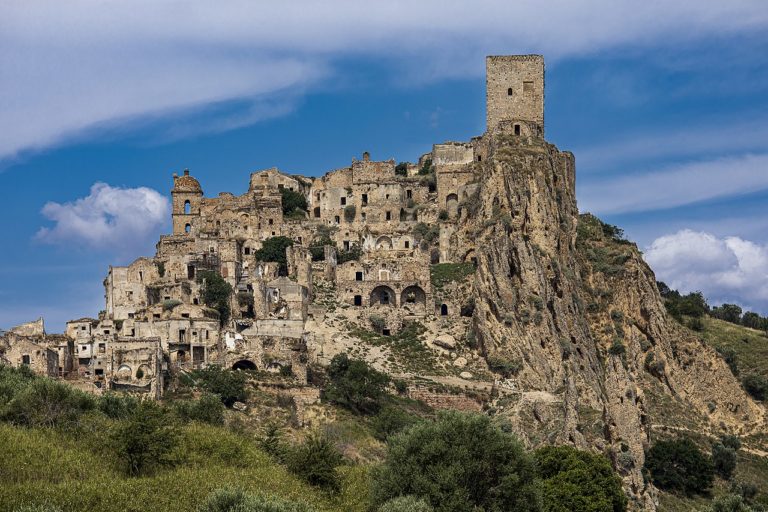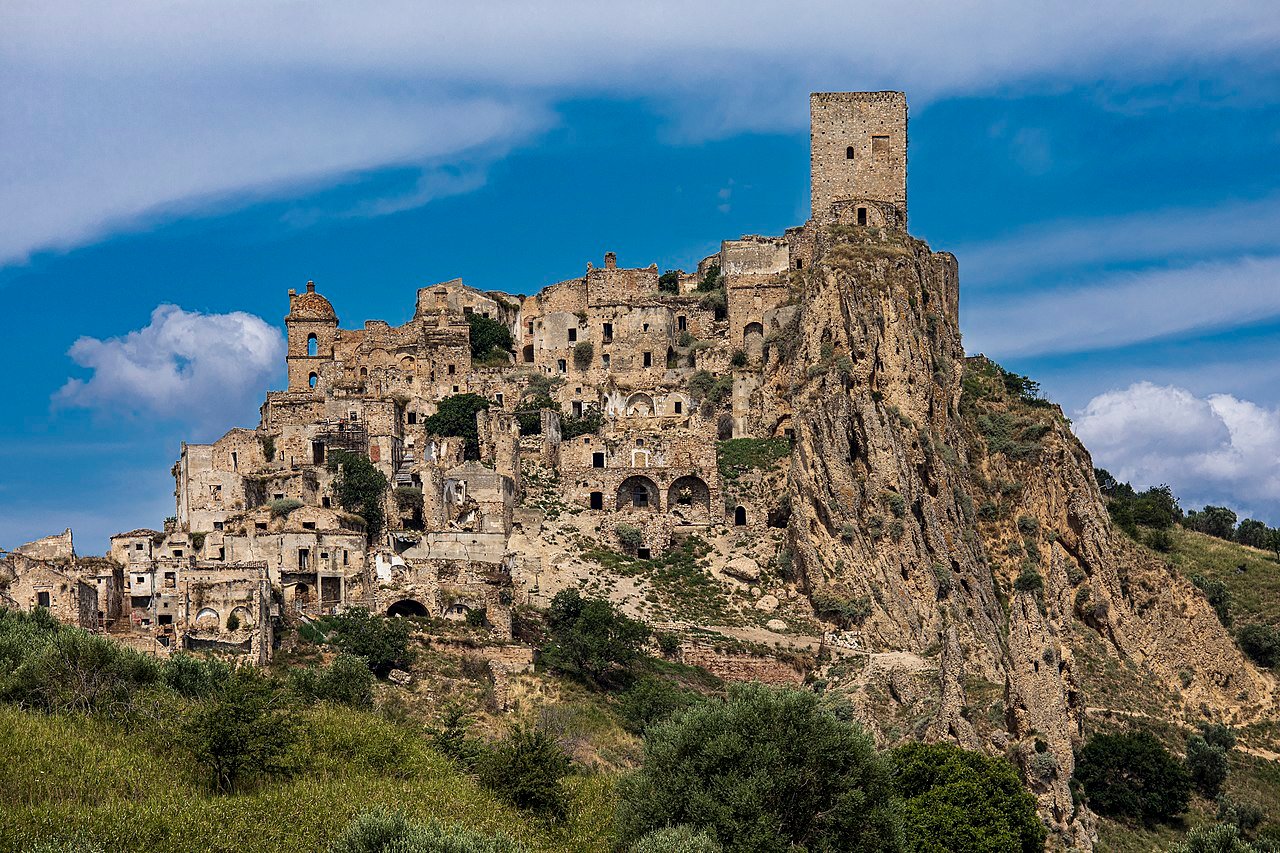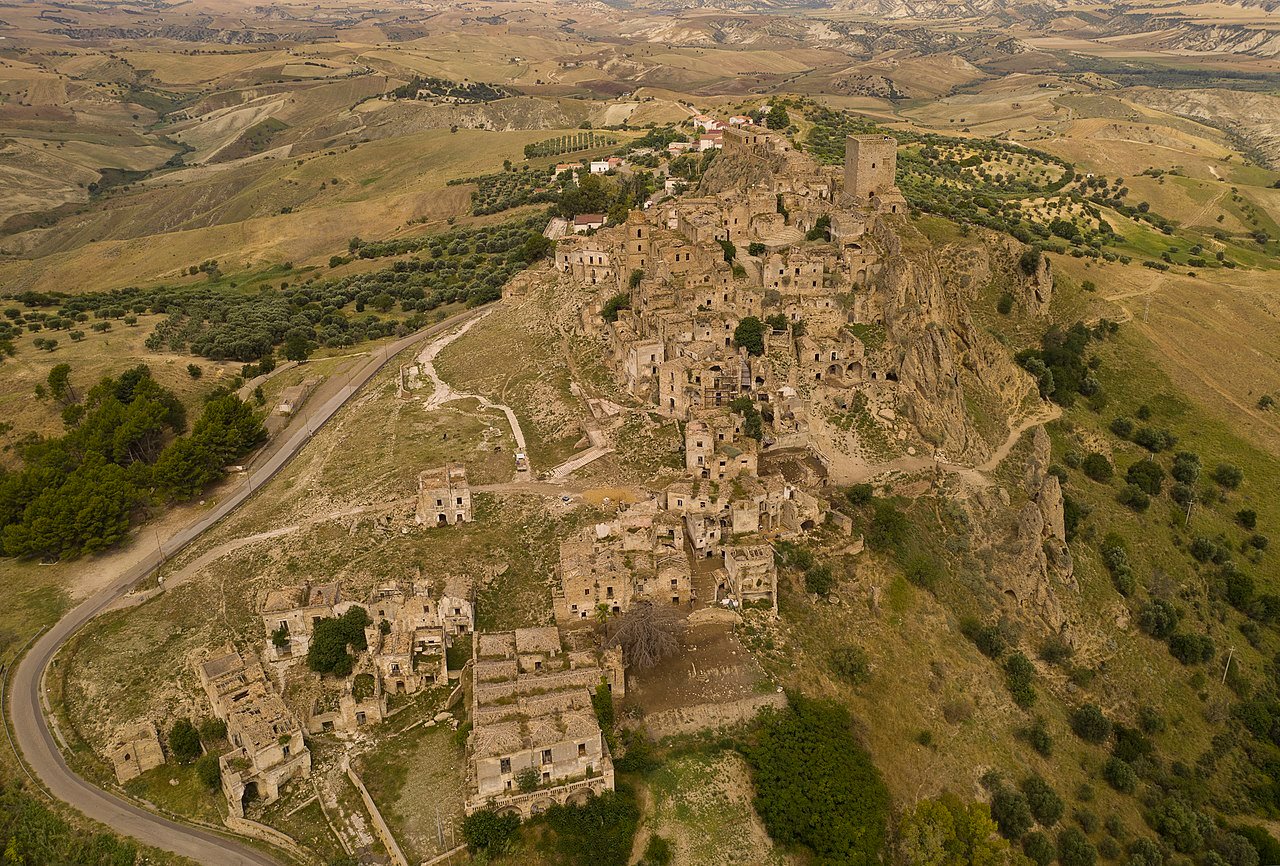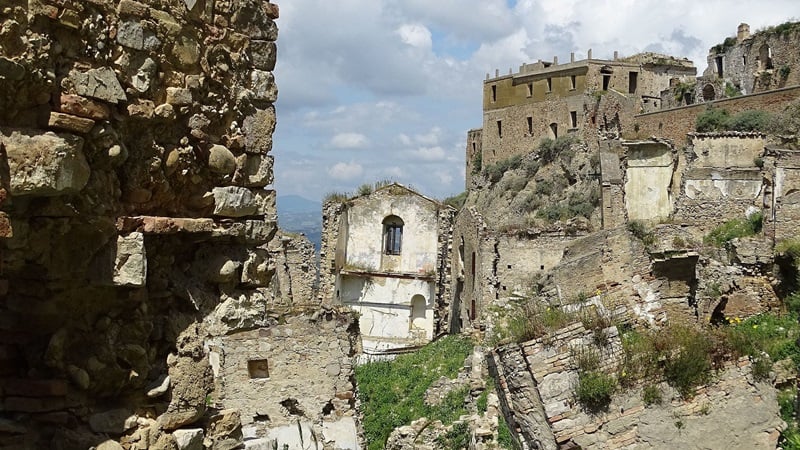
Alexander the Great died unexpectedly in 323 BC, suddenly leaving his vast empire without a leader. Sensing a chance to break free of the not-so-popular autocratic rule of Macedon, Athens, along with other Greek states, rallied in revolt. The Lamian War had begun.
Initially victorious under the brilliant General Leosthenes, Athens and its allies soon met their match. Though Leosthenes died heroically in the battle, Antipater, who was leading the Macedonian Greeks, the Euboeans, and the Boeotians, escaped to regroup.
This gave the Macedonians an opportunity to crush the outnumbered Athenians and their allies at Crannon. By 322 BC, Athenian democracy had dissolved, its navy had been shattered, and an oligarchy and garrison imposed by the victorious Macedonians were in place.
The Lamian War marked the desperate last grasp for autonomy on behalf of once mighty Athens, tragically sealing its fate as a minor player on the newly-emerged Greek stage.
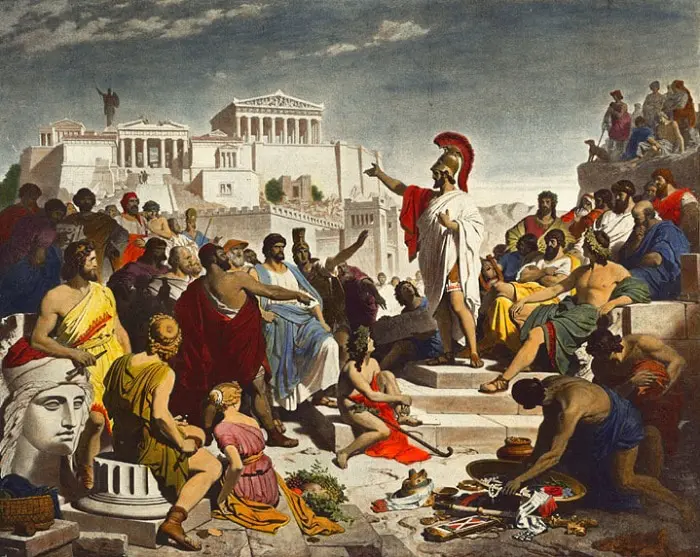
Athens’ former glory and decline
Athens emerged as a leading Greek city-state in the 5th century BC. It became the birthplace of democracy under the reforms of Cleisthenes. This was the so-called Golden Age of Athens. It was an era described by political hegemony and economic growth within the Delian League, a military alliance against Persia and anyone else who threatened the Greeks.
However, after peace was made with Persia, the Delian League soon turned into an Athenian empire. Athens tightened control over its allies, funding massive and extravagant building projects like the Parthenon. These public constructions were heavily funded with money from the allies of Athens. Under Pericles, the city managed to dominate Greece militarily as well as culturally, producing playwrights like Sophocles and philosophers like Socrates.
However, Athens overreached with the Peloponnesian War against Sparta. The city suffered plague and defeat. In 338 BC, Philip II of Macedon finally defeated democratic Athens as well as Thebes at the consequential battle of Chaeronea. This was a turning point for Athens, as it limited its autonomy. The city, however, remained a center of culture and learning, but this military and political defeat marked the end of its political independence. The centuries of dominance within the Greek world by Athens gave way to Macedonian control of Greece.

Outbreak of revolt after Alexander’s death
As it was understandable, resentment simmered amongst Athenians over years of Macedonian domination under Philip II and Alexander the Great’s autocratic rule. When Alexander died in 323 BC, city-states, mainly across Southern Greece, revolted, seeing a chance to break free from the despotic rule of the Macedonians.
Athens raised an army and fleet, allying with states like the Aetolian League against the Macedonian forces, led by Antipater, in Greece. The Athenians started off strong under General Leosthenes. The visionary general drove Antipater back to the fortified city of Lamia some 150 kilometers from Athens. This marked the beginning of a long siege that eventually gave the war its name.
Initial success by the Athenians and their allies continued with victories blocking Macedonian reinforcements in places such as Thermopylae and Plataea. However, the tide turned when Macedonian reinforcements arrived from Asia. During this time, Leosthenes was also killed at Lamia, giving the Athenians the final blow. With the siege now broken, the war entered its final stage at the Battle of Crannon.
Athens fought hard for its freedom but ultimately lost. As one can imagine, the tide turned decisively against Athens and their allies from Thessaly and the Aetolian League when Leosthenes bravely perished during the siege of Lamia. This was a major blow, with Hyperides later praising Leosthenes’ earlier victory in his funeral oration.
Antipater, on his behalf, broke out of Lamia. He managed to do this after Leonnatus, a Macedonian officer of Alexander the Great and one of the diadochi, arrived with reinforcements. Though Antiphilus killed Leonnatus, Antipater managed to escape and regroup, boosting the chances of victory for the Macedonians.
During this time, Athens also lost its significant naval supremacy, as its overextended navy was defeated off the Echinades island and Amorgos.
Decisive defeat for Athens at Crannon
Now left without control of the seas, critical troop transport to the mainland became impossible for the enemies of Macedon. Antipater soon returned along with additional forces from Craterus. Their large and reinforced army defeated the Athenians and their allies decisively at the battle of Crannon in Thessaly.
Faced with a catastrophic invasion, Athens decided to surrender. As the historian Dexippus concluded, “It was irrational for Athens to attack the many times more powerful Macedonia.”
This outcome had profound consequences as it marked the end of Athenian autonomy and significant military influence in the wider Greek world in general.

End of an era for the power of Athens
The terms of Athenian surrender were harsh. They included the loss of democracy as a form of government and their precious independence. A new, oligarchic government was imposed with a large Macedonian garrison installed. Athens also had to surrender all of its possessions outside of the Attica region, making the city much weaker in terms of influence in the broader Mediterranean.
The once-leading power of the Greeks now also had to lose the right to control foreign policy. Athens would become a direct subject and protectorate of Macedonia, following its lead no matter what.
To add to their misery, the deaths of leaders like Demosthenes and Hypereides symbolized total Athenian defeat, as the famous orator Demosthenes “committed suicide to avoid his capture.”
The Lamian War marked the final time Athens played a major military role in the Greek world. Their loss in the Lamian War was monumental in terms of historical significance. It ended centuries of autonomy, and Greece was then left largely under Macedon’s control.
Though Antipater soon turned west to confront the Aetolians, Athens had to face the most significant consequences of the war. This defeat was effectively the end of the era of the independent Greek city-state and of Athens as a leading power.
The Lamian War represented Athens’ final bid for political autonomy against an increasingly dominant Macedon. Their catastrophic defeat, though brave, proved that the autonomy of the great classical city-states was largely over. Macedon, even without its visionary leader, was the supreme power of Greece. This marked the beginning of the Hellenistic period.
Related: The Ferocious Wars of Alexander the Great’s Successors After His Death



